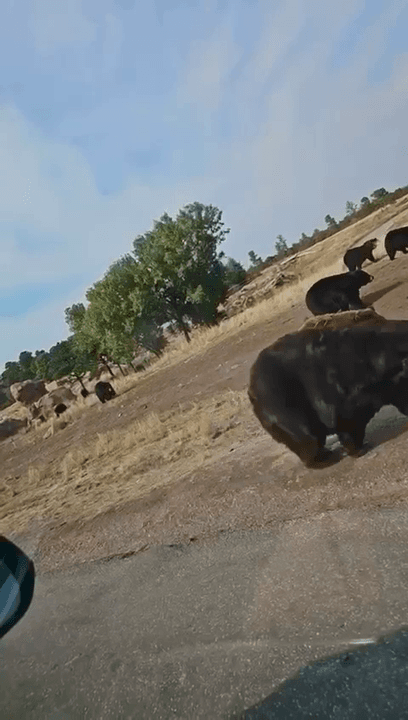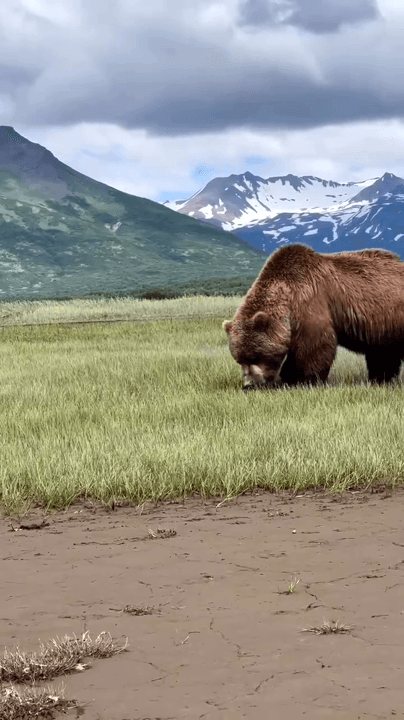
Yes, black bears (Ursus americanus ) and brown bears (Ursus arctos ), which include grizzly bears in North America, can live together in the same regions in Canada. Typically black and brown bears occupy different habitats and have distinct behaviors that reduce direct competition between them. This coexistence is possible due to differences in their ecological niches, dietary preferences, and habitat use. Key Points About Black and Brown Bears Coexisting in Canada: 1. Geographic Distribution Black Bears : These are much more widespread across Canada and can be found in forests from coast to coast, including areas with dense human populations. Brown Bears (Grizzlies) : They are primarily found in western Canada, particularly in British Columbia, Alberta, Yukon, and the Northwest Territories. Grizzlies tend to inhabit more remote, rugged, and less populated areas, such as mountains, tundra, and coastal regions. 2. Habitat Preferences Black Bears : Prefer forested areas, swamps, and w
Post: 23 February 13:51














































